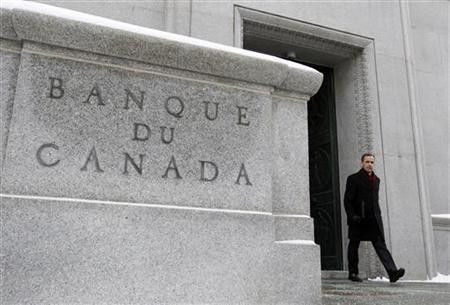S&P Downgrades U.S. Debt: How Canada Survived Similar Fate

Standard & Poor’s decision to downgrade the long-term sovereign debt rating of the U.S. is not without precedent – and doesn’t necessarily mean it will be a permanent blot.
Consider the case of Canada, which lost its top-notch rating in April, 1993 – it took the country nine long, hard years to regain the coveted rating after enacting serious debt and deficit reductions.
The Canadian Bond Rating Service (CBRS) reduced the Canadian government’s debt rating to AA+ from AAA, amidst the huge deficits being run up by the Conservative federal government in power at the time.
The CBRS also cited the general economic malaise afflicting Canada, featuring rising unemployment, climbing inflation and an ever-weakening Canadian dollar (a scenario strikingly similar to the U.S. in 2011).
In addition, analysts were disappointed by the new government budget, which they felt would not reduce the deficit sufficiently (again, similar to how S&P criticized the recent debt deal hammered out by Republicans and Democrats in Washington).
By 1995, when the Liberals were in power in Ottawa, the major international ratings agencies had also cut Canada’s sovereign credit rating to AA+ from AAA (at this point, the country’s debt-to-GDP ratio reached 72 percent).
With their backs to the wall, Canadian Prime Minister Jean Chrétien and finance minister Paul Martin engaged in an austerity program which allowed them to completely eliminate a $42-billion deficit in just four years.
However, it was painful for the Canadian public.
Chrétien reduced federal spending by a whopping 20 percent, fired 23 percent of public sector workers, raised taxes, slashed defense expenditures by 15 percent, cut certain subsidies by 40 percent to 60 percent; and eliminated some ministries entirely.
The federal government was also helped by a coincident rebounding economy in the late 1990s (which made the cuts somewhat more tolerable).
By 2002, Canada’s AAA-rating was restored.
Indeed, Canada’s net debt-to-GDP ratio now is only 34 percent and is expected to fall to 30 percent by 2015 (making it the world’s strongest AAA-rated government).
By comparison, S&P predicts that the U.S.’s debt-to-GDP ratio will climb from the current level of 74 percent, to 79 percent in 2015 and 85 percent by 2021.
Can the U.S. follow the Canadian example?
The U.S. economy (not to mention the government) is far larger than Canada’s. Moreover, unemployment in the states remains intractably high with no relief in sight, amidst a still-fragile economic health.
Doubtless, the U.S. will have to undergo years of politically unpopular austerity before it can regain the coveted AAA badge.
© Copyright IBTimes 2024. All rights reserved.




















